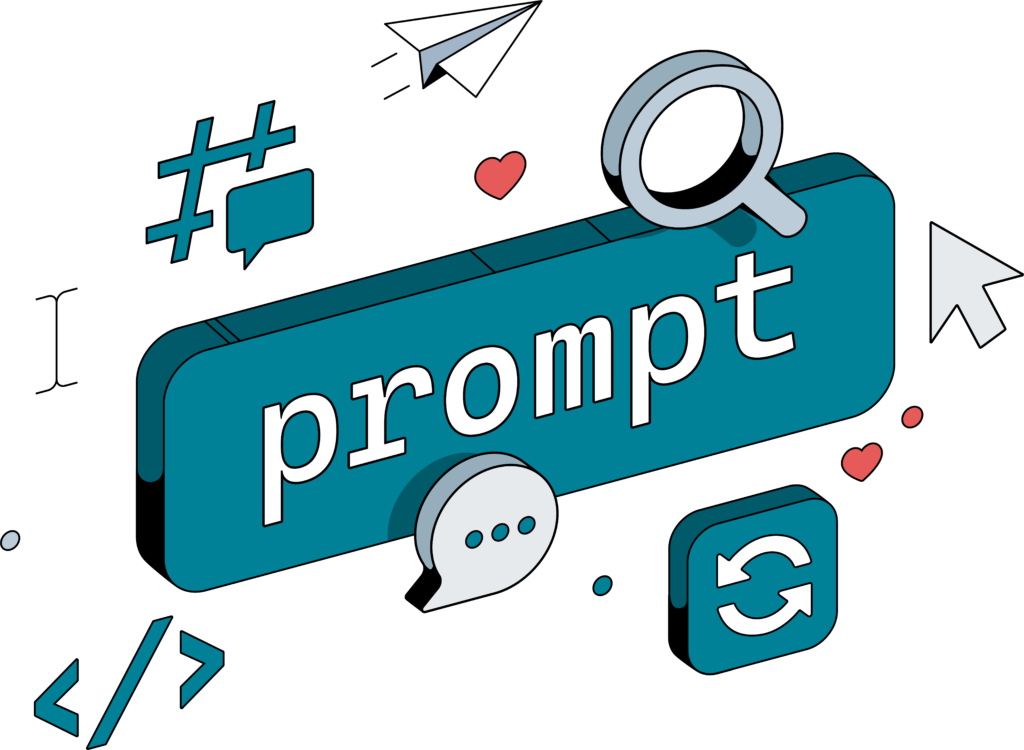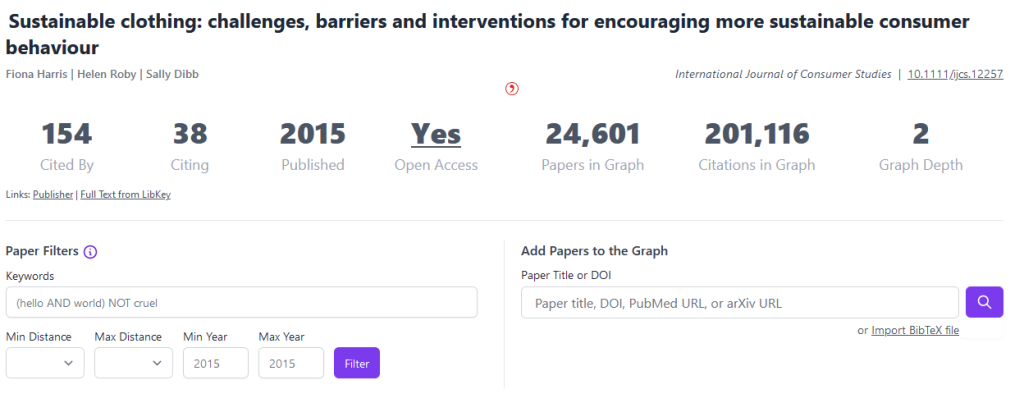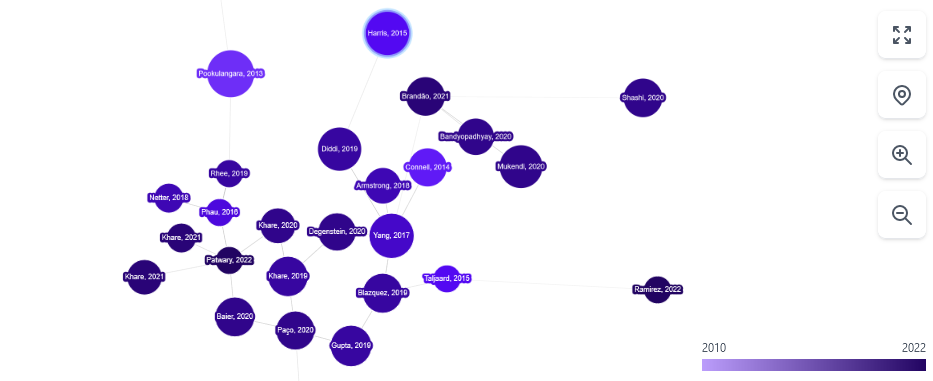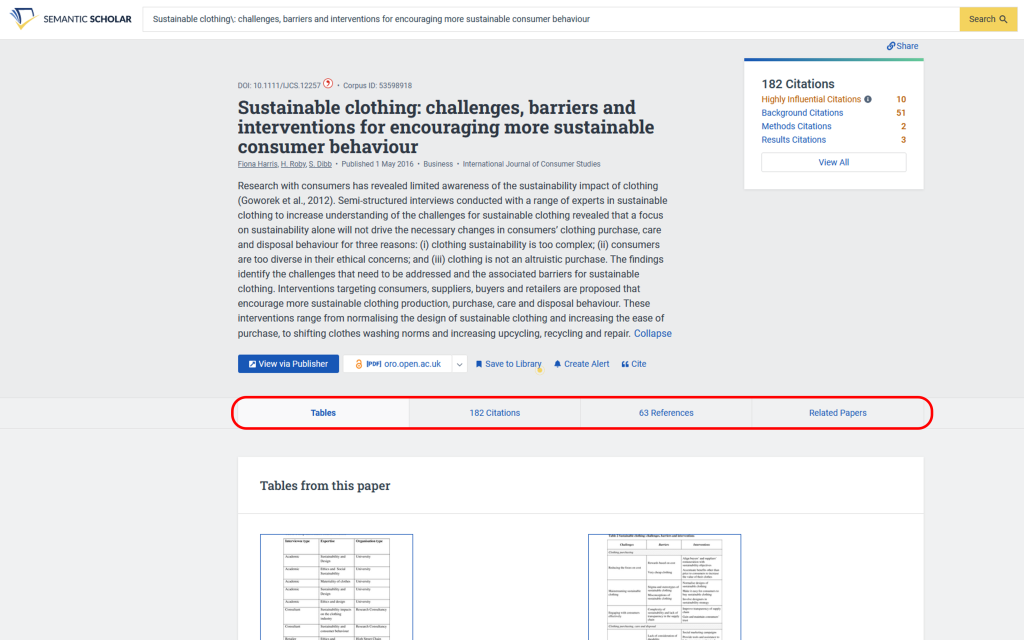Artificial Intelligence (AI) is also transforming your studies. Some things may become easier, but many are becoming more complex, requiring constant reorientation. On this page, you’ll find information on recognizing fake news, AI tools that can assist you in your studies, and details on prompting.
You can also find an overview of important information and upcoming courses on the topic of AI on the AI and Your Academic Practice page provided by the WU study information.
Important: Make sure to check with your supervisor if (and how!) you are allowed to use AI tools for your work and how you should document their use in your paper. For more information on citing AI-generated content, see our Citing AI page. Also, keep in mind that there’s no guarantee that the articles you find using AI-tools will be available through the WU library. LibKey Nomad can assist you in recognising at a glance which articles are available to you.

Fake news

Recognizing fake news can be a challenge, but there are tools and questions to make it easier for you. On this website (German only), you’ll find some fact-checkers that are dedicated to doing research in order to uncover fake news stories. The International Fact-Checking Network also provides a list of fact-checkers from a broad range of countries.
If you have a news story that you want to fact check yourself, you can use the CRAAP Test. Additionally, this list (German only) is dedicated specifically to checking news and online content.
Prompting
Large Language Models (LLMs) like ChatGPT generate responses based on the text prompts you provide as a user. The model’s output directly depends on the prompts sent: Better prompts therefore also lead to higher-quality responses! With good prompting, you can save a lot of time and frustration when working with AI tools. The “art” of good prompting is also known as prompt engineering. But what makes a “good” prompt?
In general, practice is key! The quality of your prompts naturally improves as you gain experience using AI tools. While a successful prompt may look very different depending on the situation, there are some tips to help you achieve better results:
- Be specific: Superficial prompts usually yield superficial answers. Improve the output of AI models by phrasing your prompts as precisely as possible. Define your situation and conditions, and be clear about what you expect from the response. The less room for interpretation, the more likely the AI’s answer will meet your expectations.
Example: “I study International Business Administration and am working on my bachelor’s thesis on the topic “Sustainable consumption – how do consumers decide which products they buy?”. In my thesis, I would like to give a historical overview of sustainable consumption and analyze company strategies using case studies. Give me an example of how to structure my thesis.” - Repeat yourself: You can improve the answers of AI models by repeating the instructions for the task at the end of the prompt. Start by defining the task, then provide necessary details, examples, and additional information, and conclude the prompt by reiterating the instructions from the beginning.
- Include examples: You can show the model how to behave by providing a series of examples in your prompt. Without examples, the AI model can only “guess” how to properly handle the task.
- Assign a role: It can be useful to assign the AI a role as an expert at the very beginning of your prompt. This role influences how your task is processed.
Example: “You are a professional translator. Translate the following text into English: (…)”
“You are an experienced copy editor. Improve the sentence structure and overall readability of the following text: (…)” - Break the task down: LLMs often provide better responses when you break the task down into smaller steps. Describe step by step (and as precisely as possible) what the AI model should do to complete the task to your satisfaction.
Further reading: You can find more information on prompt engineering here:
Microsoft: Introduction to prompt engineering and Prompt engineering techniques
AI tools
AI tools can be a big help when you’re doing your literature search. But to get the most out of them, it’s crucial to know their strengths and limitations. In this chapter, you will discover the dos and don’ts of using the popular ChatGPT, which is a powerful language model. You’ll also find info on three other handy AI tools.
ChatGPT
Important note: To use ChatGPT, students have to create a private account. WU does not provide student licenses for ChatGPT-4.
ChatGPT is currently one of the best-known AI tools. However, its users often are a bit uncertain about what it’s great at and where it might not be the best fit. In the table below you will find an overview of how you can best use ChatGPT for your literature search.
| Do | Don’t |
|---|---|
| Generate appropriate search terms for a specific topic | Search for literature for a paper |
| Create search strings | Search for facts |
| Rephrase & translate texts |
ChatGPT is a useful tool when you need help coming up with the right search terms for your topic or creating search strings for searching in library catalogs and databases. It’s also great for rephrasing or translating texts, which can help you understand complex academic literature.
Don’t use ChatGPT to find literature or gather factual information for your work. Sometimes, it comes up with made-up sources and information that might sound good but aren’t reliable. So, always double-check the content ChatGPT provides to make sure it’s accurate.
Available at: https://chat.openai.com/

Inciteful
Inciteful analyzes the citations and references within articles, making it easier for you to find relevant literature. One of its cool features is the Paper Discovery tool. When you have a relevant article in hand, Inciteful will look for other similar sources. It then presents these similar articles in a network graph, which can be really handy for your search.
Good to know: There is also a Zotero plugin for Inciteful.
Available at: https://inciteful.xyz/


Semantic Scholar
In Semantic Scholar you can perform literature searches and quickly find the important details about articles. You can view the abstract, figures or tables to decide if an article fits your needs. Semantic Scholar also shows you the article’s references as well as other articles that cite it. It also lists similar articles under Related Papers.
Available at: https://www.semanticscholar.org/

